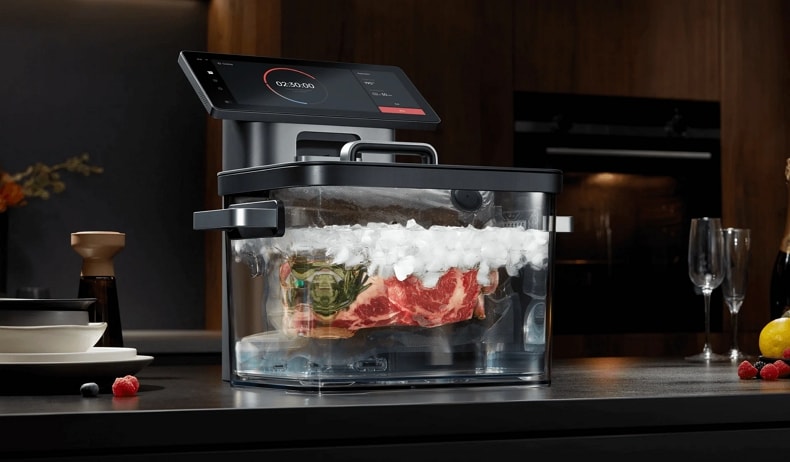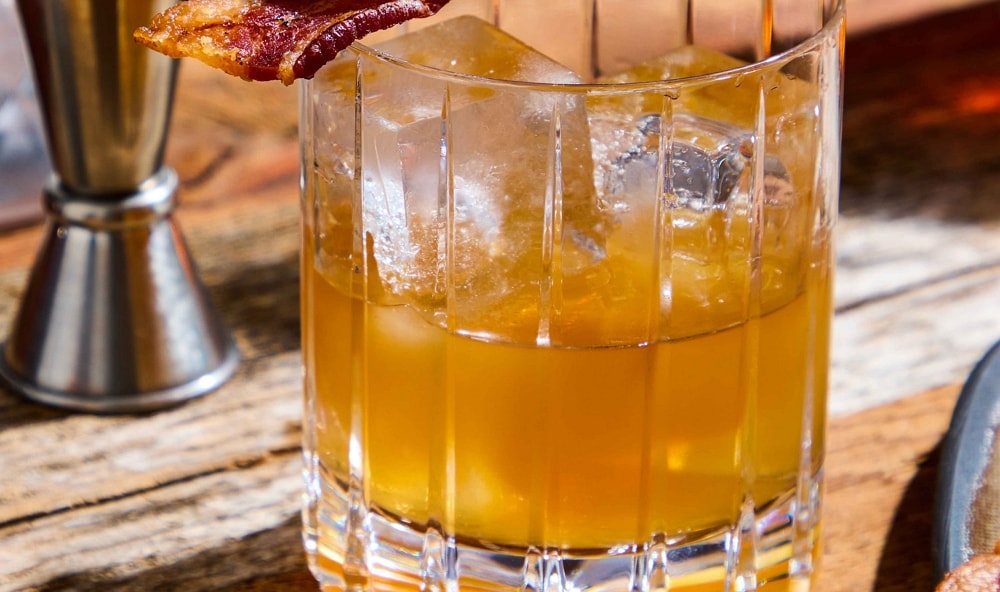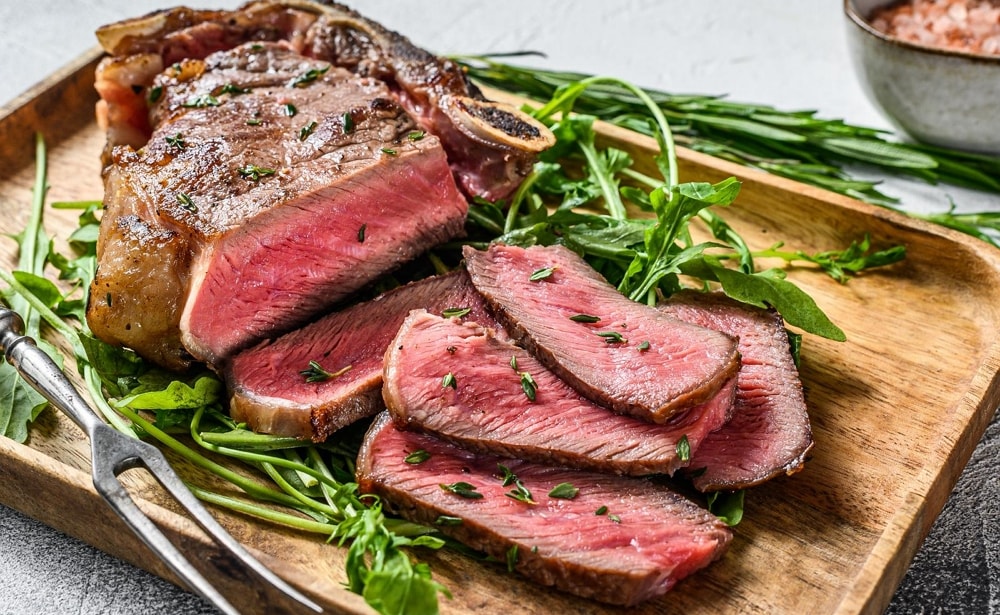To cook the perfect steak, the science lies in understanding the chemical reactions and thermal applications we use in the kitchen. They affect the texture, flavor, and juiciness of the steak we eat and we have to power to make it a delicious meal.
What chemical reactions happen when cooking steak?
There are a few chemical reactions to understand in order to cook a perfect steak. The more you know about what happens when you apply heat to meat, the better your steaks will turn out.
1. Denaturation
As steak is cooked, heat causes proteins in the meat to ‘denature’, or break down, and then re-form into a new structure. How you do it will determine how tender and juicy your steak turns out. You can read more about this biochemical process here.
The texture and firmness of the meat depends on the temperature that the meat is cooked to, which translates to a doneness level. Doneness levels are referred to as rare, medium-rare, medium, medium-well, and well-done and are assigned specific internal temperatures.
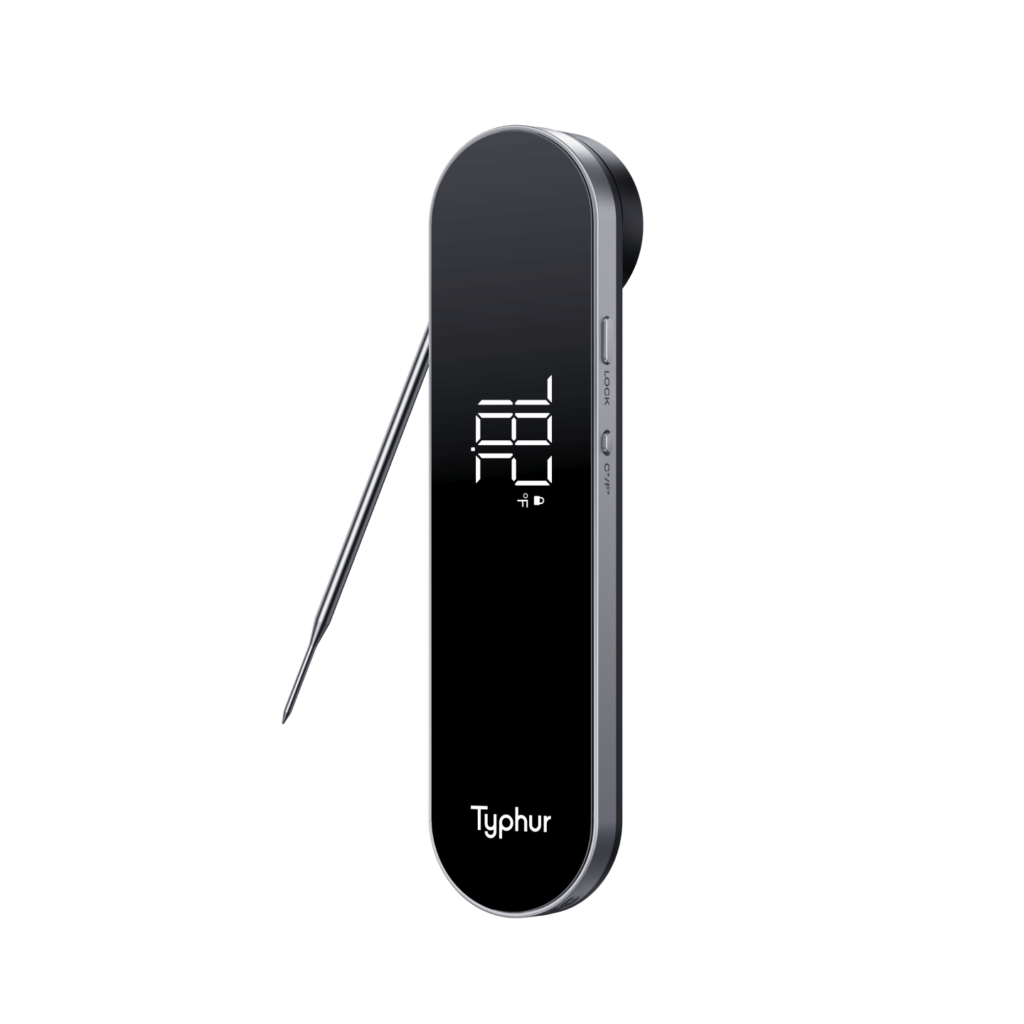
Instant Read Meat Thermometer
For example, medium-rare is typically cooked to an internal temperature of 130-135°F (54-57°C), while the medium is typically cooked to an internal temperature of 135-144°F (57-62°C).
2. Fat rendering
As steak cooks, the fat inside the meat will begin to melt and leak out which is known as fat rendering. Fat rendering adds moisture and flavor to the steak.
If you like juicy steaks, you can choose a cut of meat that has a higher fat content, such as a porterhouse or New York strip, or you can add a small amount of fat, such as butter or bacon grease, to the pan during cooking.
3. Maillard reaction
The Maillard reaction is what produces the tasty brown crust on a steak or a burger. It’s kind of like the browning you get from caramelizing onions, only instead of browning carbohydrates, you’re browning protein. In the Maillard reaction, proteins (amino acids) and sugars (aldose or ketose) are heated.
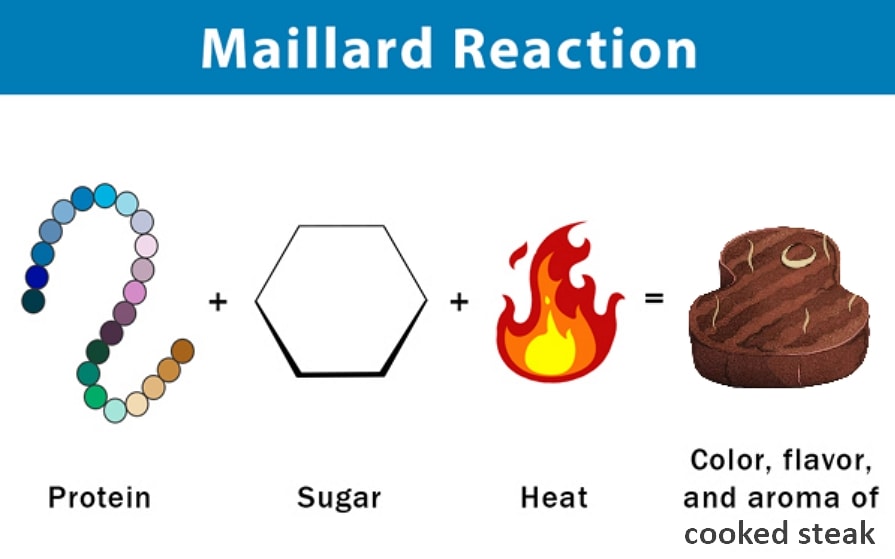
The reaction occurs in three stages:
- Early stage: The sugars react with elements of the proteins to form a new compound (an Amadori compound).
- Advanced stage: The proteins are synthesized (Strecker synthesis) and aromatic molecules are formed.
- Final stage: Reactions of the proteins and sugars form the compounds that give food its brown color.
In the case of a steak, the Maillard reaction occurs when the surface of the meat is exposed to high heat, like on a grill or in a hot skillet. This creates a flavorful crust on the surface of the meat, while the interior stays juicy and tender.
4. Heat Transfer
Heat transfer is just another way of saying “cook”. There are three primary modes of heat transfer to get food to your desired level of doneness: conduction, convection, and radiation.
- Conduction is the transfer of heat through direct contact (like cooking meat in a pan).
- Convection is the transfer of heat through air or fluid which circulates around the food (like a convection oven or sous vide).
- Radiation is the transfer of heat through electromagnetic waves (like a microwave).
Note: Each of these modes of heat transfer affects food differently and can produce different textures and flavors.
How the heat transfer affects the steak?
Heat transfer makes dramatic changes in meat that can be good or bad, and they depend on how much control you have over the heat. These are the changes you can expect:
- Color change: The color changes from red or pink to brown or gray. This is due to the denaturation of the proteins and the formation of new compounds.
- Texture change: The texture changes from soft and raw to firm and cooked. The amount of cooking time and the cooking method can affect the texture of the meat.
- Flavor change: The flavor changes from raw to cooked and can become more complex as new flavors are formed through the Maillard reaction.
- Juice release: Juices are released, which can result in a loss of moisture and affect the overall texture and flavor of the meat.
- Smell: Meat releases aromas that can indicate the level of doneness or the cooking method.
Steak temperature chart
The heat transfer rate depends on several factors, such as the heat source’s temperature, the meat’s thickness, and the meat’s surface area in contact with the heat source. Thicker steaks will take longer to cook because the heat needs to penetrate deeper into the meat, while thinner steaks will cook faster.
Check out our guide below on what temperature is perfect for any level of doneness. But, you may need an instant-read meat thermometer to know the steak temperature to create a perfect steak.
| Level of doneness | Final cooked temperature |
|---|---|
| Rare | 120-130°F (49-54ºC) |
| Medium Rare | 130-135°F (54-57ºC) |
| Medium | 135-145°F (57-63ºC) |
| Medium Well | 145-155°F (63-68ºC) |
| Well Done | 155°F (68ºC) and up |
Typhur: a revolutionary in the science of cooking a perfect steak
When it comes to cooking a perfect steak, you can tell that the control of temperature is absolutely crucial. Even a small variation in temperature can mean the difference between a juicy, succulent steak and a tough, overcooked one.
Want to make the perfect steak every time? Typhur is here to help. Typhur is a company driven by cooking science. Typhur aims to make cooking science accessible and easy to understand for everyone. Its products, such as the Typhur Sous Vide Station and Typhur InstaProbe, utilize cutting-edge technology to simplify the cooking process and ensure precise results.
Typhur InstaProbe is an instant-read meat thermometer. With 0.5s Reading Speed, and ± 0.5°F Accuracy tested.
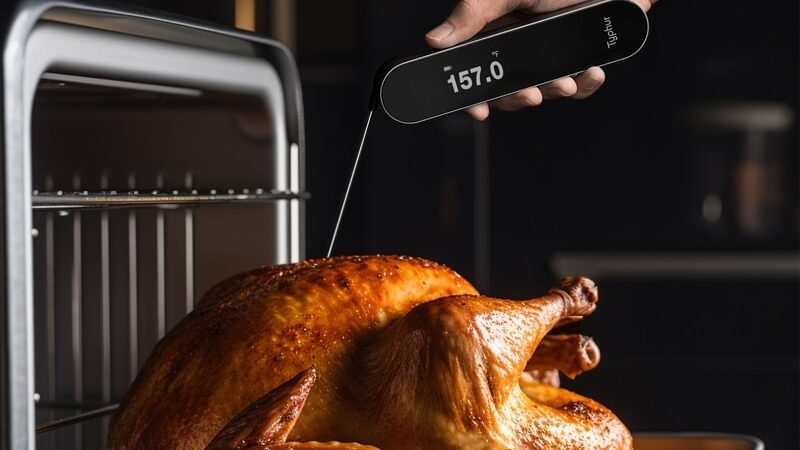
Typhur Sous Vide Station is a sous vide cooker. It helps you adjust the perfect temperature for more than 13 different meat thicknesses to make a perfect steak.
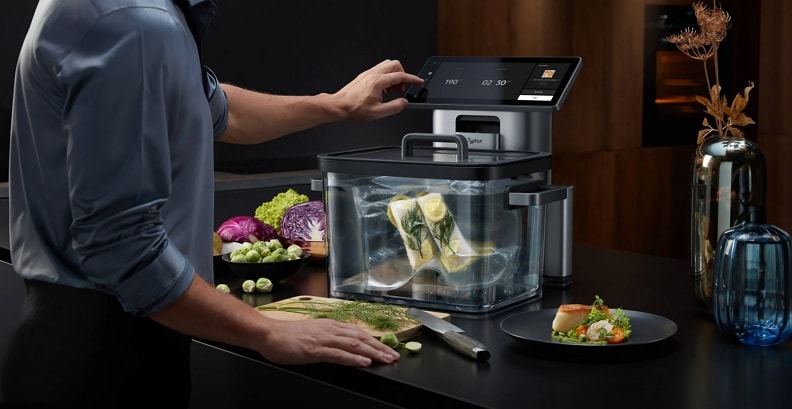
To sum up
Cooking the perfect steak requires an understanding of the science behind it. Factors such as heat transfer, muscle fiber structure, and the Maillard reaction all play a role in determining the texture, flavor, and doneness of the meat.
Does it sound difficult to cook a perfect steak? Don’t worry! Typhur is coming to help you. Typhur aims to make cooking science accessible and easy to understand for everyone. Their products, such as the Typhur Sous Vide Station and Typhur InstaProbe, utilize cutting-edge technology to simplify the cooking process and ensure precise results.
Feel free to leave your thoughts below about the science of cooking a perfect steak.

